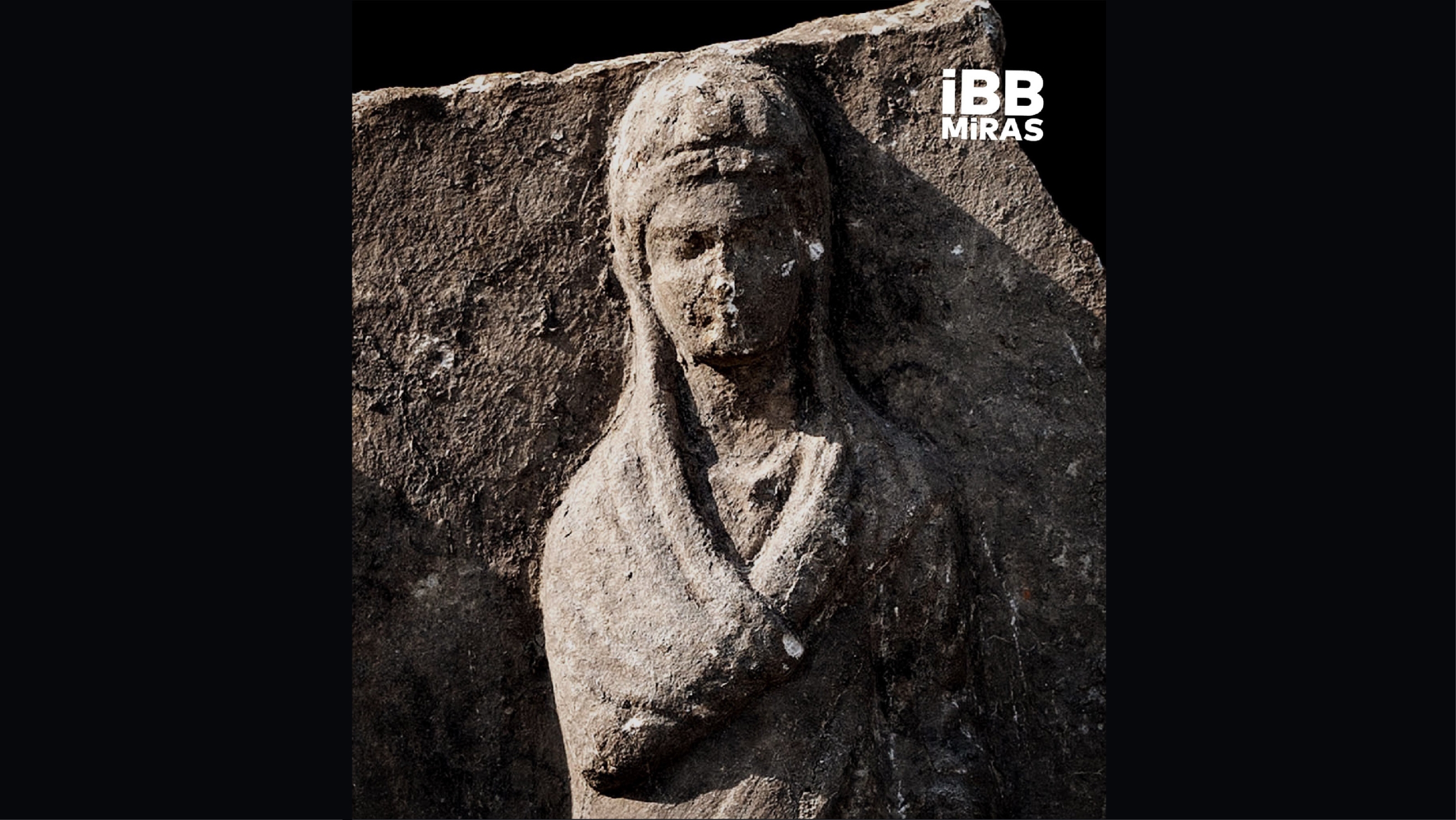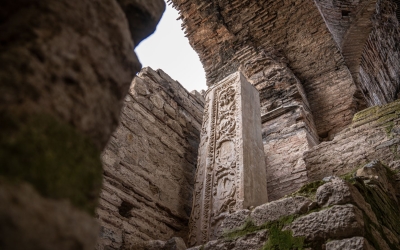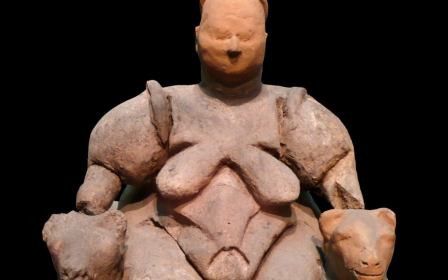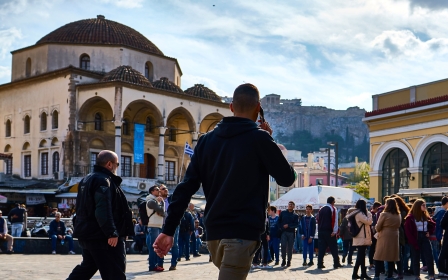Turkey: Archaeologists unearth 1,500-year-old Byzantine statues in heart of Istanbul

Researchers in Turkey have discovered four remarkably preserved statues dating back 1,500 years during an excavation in the heart of Istanbul.
The remains of St Polyeuktos Church, a prominent structure of the Byzantine Empire that was erected between 524-527 CE, are being carefully unearthed at the Sarachane archaeological site on the European side of the city.
Archaeologists hope the haul will provide valuable insights into the artistic and cultural achievements of Byzantine Constantinople. The church was the largest in the city until the Hagia Sophia was constructed a decade later.
The excavation, led by the Istanbul Metropolitan Municipality (IBB) heritage team, is still ongoing and the recent discoveries could potentially be the first of many.
The IBB's Mahir Polat announced the discovery in a statement on Twitter.
"These [statues] are seen for the first time in 1,500 years... We are honoured to give Istanbul, the city of history and tourism, the work it deserves," he said.
While specific details about the statues' subjects are yet to be fully determined, initial assessments of the excavation have shown that three of the statues are funerary monuments for important figures from Byzantine history, also known as "grave steles".
These steles are adorned with various symbols that offer insight into the social status, professions, and interests of the figures buried at the site.
Believed to have been crafted during the 5th or 6th century CE, each statue stands approximately two metres tall.
In separate comments to local media, Polat added: “These artefacts were found 70 centimetres below [ground] level... We are talking about an area where there is such an enormous amount of cultural heritage, and it is an area where careful excavations should continue."
As the excavation progresses, the IBB archaeological excavation team announced its intention to collaborate with museums and academic institutions to ensure the proper preservation and exhibition of these significant artefacts, safeguarding them for future generations to appreciate.
Polat added: "These finds are important to us because, in terms of Istanbul's history and archaeological richness, its last 100 years are full of archaeological sites that were deteriorating and destroyed."
An ancient heritage
The Istanbul area is known to have been inhabited for at least 8,000 years but the city is first recorded to have existed in the seventh century BCE.
To the Ancient Greeks, the city was known as Byzantium and it is that name that was given to the later Byzantine Empire, which made the city its capital. The empire itself spun off from what was the eastern half of the Roman Empire.
In 330 CE, the Roman Emperor Constantine, after defeating his rivals, identified the city as the site of his new capital, and for a time it became "Constantinople".
Legend has it that this was after a dream, but the location of the city also provided a more practical alternative to Rome, as it had a more central location and was connected to more lucrative trade routes and was easier to defend.
The Byzantines held on to their capital for more than a millennium but were defeated in 1453 by Ottoman Turks led by Sultan Mehmet II.
With brief exceptions in the aftermath of the First World War, the city has been under Turkish rule ever since.
Byzantine monuments, such as the Aqueduct of Valens and Basilica Cistern, still stand above ground, and more are being unearthed.
They form part of a rich cultural heritage that includes Ottoman monuments and earlier Roman ones.
Middle East Eye propose une couverture et une analyse indépendantes et incomparables du Moyen-Orient, de l’Afrique du Nord et d’autres régions du monde. Pour en savoir plus sur la reprise de ce contenu et les frais qui s’appliquent, veuillez remplir ce formulaire [en anglais]. Pour en savoir plus sur MEE, cliquez ici [en anglais].






